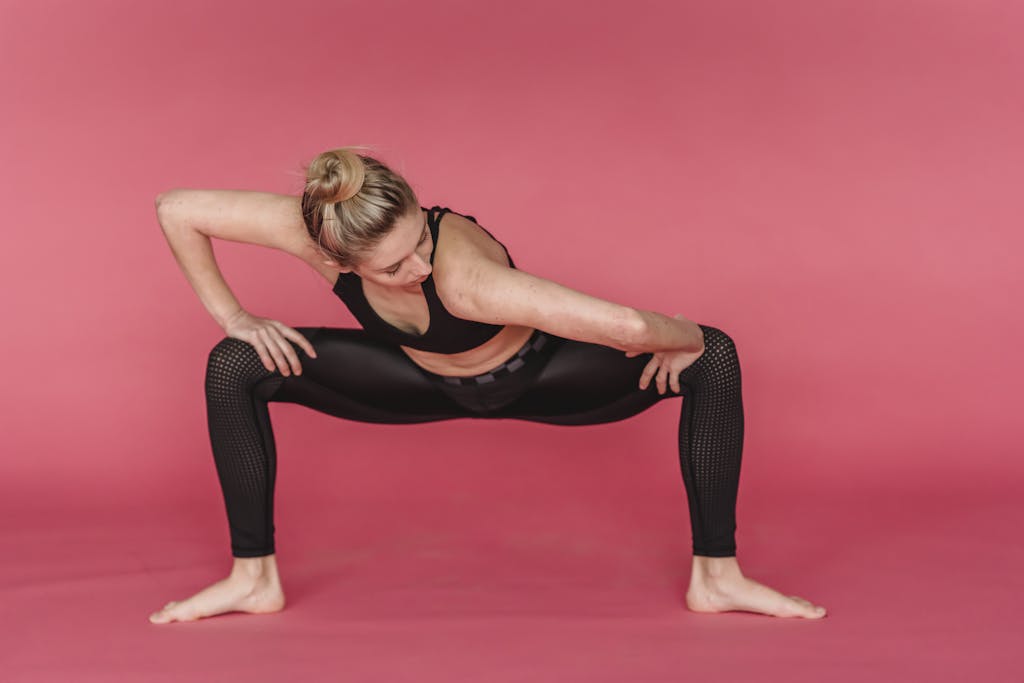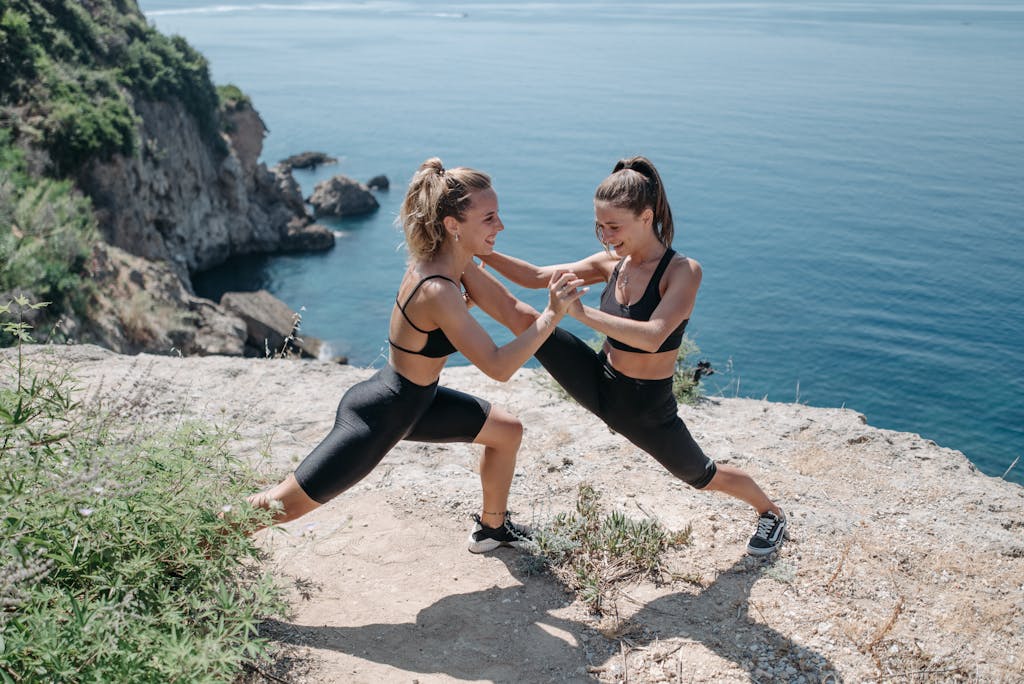Hamstring Curls: Your Guide to Stronger, Healthier Legs
Learn everything you need to know about hamstring curls, from proper form to benefits and FAQs, in this comprehensive guide to stronger, healthier legs!

Introduction
Welcome, fitness enthusiasts, to your go-to resource for mastering one of the most effective lower body exercises: hamstring curls! Whether you’re a gym veteran or just starting your fitness journey, understanding the ins and outs of hamstring curls can take your leg workouts to the next level. In this guide, we’ll delve deep into the world of hamstring curls, covering everything from their benefits to proper technique and common FAQs. So, let’s dive in and sculpt those legs of steel!
Unraveling the Mystery Behind Hamstring Curls
What Exactly Are Hamstring Curls?
To kick things off, let’s get down to the nitty-gritty: what are hamstring curls? Well, picture this: you’re lying face down on a hamstring curl machine, with your legs secured under a padded lever. As you contract your hamstring muscles, you curl your heels towards your glutes, working those posterior thigh muscles like never before! It’s a simple yet incredibly effective exercise for targeting the hamstrings, helping you build strength, stability, and flexibility in your lower body.
Benefits Galore: Why Should You Incorporate Hamstring Curls?
You might be wondering, “What’s all the fuss about hamstring curls?” Well, hold onto your gym shorts because the benefits are about to blow your mind!
- Strengthens the Hamstrings: As the name suggests, hamstring curls primarily target the hamstrings, helping to strengthen these crucial muscles that play a key role in everyday movements like walking, running, and jumping.
- Improves Knee Stability: By strengthening the hamstrings, hamstring curls can also improve knee stability, reducing the risk of injuries such as ACL tears and strains.
- Enhances Athletic Performance: Whether you’re a runner, a soccer player, or a weekend warrior, strong hamstrings are essential for optimal athletic performance. Incorporating hamstring curls into your routine can help you run faster, jump higher, and move more efficiently.
- Balances Leg Strength: Many people tend to focus on the quadriceps (front thigh muscles) and neglect the hamstrings, leading to muscle imbalances and potential injuries. Hamstring curls help correct this imbalance by giving the hamstrings the attention they deserve.
Mastering the Art of Hamstring Curls: Proper Form and Technique
Now that you’re sold on the benefits of hamstring curls, it’s time to master the proper form and technique. Follow these steps to ensure you’re getting the most out of this powerhouse exercise:
- Set Up the Machine: Adjust the machine’s settings to fit your height and comfort level. Lie face down on the machine with your legs straight and the padded lever resting just above your Achilles tendons.
- Engage Your Core: Before you start curling, engage your core muscles to stabilize your spine and pelvis. This will help maintain proper alignment throughout the exercise.
- Initiate the Movement: With your core engaged, exhale as you bend your knees and curl your heels towards your glutes. Focus on contracting your hamstrings as you perform the movement.
- Control the Descent: Avoid letting the weight stack slam down as you lower your legs. Instead, maintain control throughout the eccentric (lowering) phase of the movement to maximize muscle engagement and minimize the risk of injury.
- Mind Your Breathing: Remember to breathe! Inhale as you lower the weight and exhale as you curl your heels towards your glutes. Proper breathing can help you maintain focus and control throughout the exercise.
- Avoid Jerky Movements: Smooth and controlled movements are key to getting the most out of hamstring curls. Avoid jerking or swinging the weight, as this can lead to strain or injury.
- Mind-Muscle Connection: Focus on the mind-muscle connection, really feeling the contraction in your hamstrings with each repetition. Visualize the muscles working and concentrate on squeezing them at the top of the movement.
Common FAQs About Hamstring Curls
Q: How often should I incorporate hamstring curls into my workout routine?
A: It depends on your fitness goals and overall training program. Generally, aiming for 2-3 sessions per week is a good starting point for most individuals. However, be sure to listen to your body and allow for adequate rest and recovery between sessions.
Q: Can I perform hamstring curls without a machine?
A: Absolutely! While machine hamstring curls are a popular choice, you can also perform variations of this exercise using resistance bands, stability balls, or even bodyweight movements like glute bridges and Romanian deadlifts.
Q: I feel discomfort in my lower back when performing hamstring curls. What am I doing wrong?
A: Lower back discomfort during hamstring curls may indicate poor form or inadequate core engagement. Focus on stabilizing your core muscles throughout the movement and avoid arching your back excessively. If the discomfort persists, consider lowering the weight or consulting with a fitness professional for personalized guidance.
Q: Can hamstring curls help prevent hamstring injuries?
A: While hamstring curls can help strengthen the hamstrings, they should be part of a comprehensive training program that includes proper warm-up, stretching, and injury prevention strategies. Incorporating exercises that target both the hamstrings and surrounding muscle groups can help reduce the risk of hamstring injuries.
Conclusion: Stronger Legs Await with Hamstring Curls!
There you have it, folks! With the ultimate guide to hamstring curls in your arsenal, you’re well-equipped to take your leg workouts to new heights. Whether you’re aiming to build strength, improve athletic performance, or simply sculpt a set of killer legs, hamstring curls are your ticket to success. So, grab that machine, focus on proper form, and get ready to unleash the power of your posterior chain. Here’s to stronger, healthier legs with every curl!



